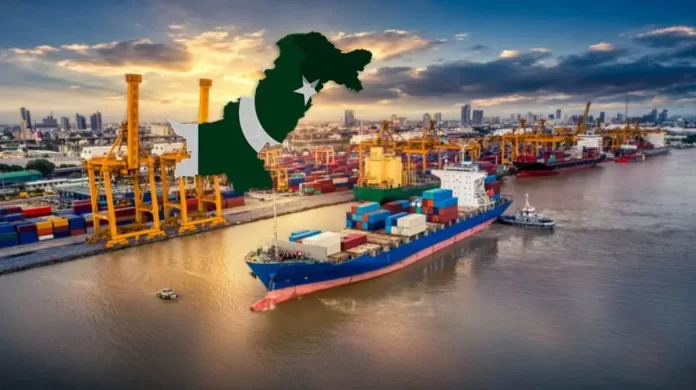Pakistan’s trade deficit with nine neighboring countries increased by 34.37%, reaching $8.467 billion in the first nine months of FY25, compared to $6.301 billion during the same period last year.
Despite a notable surge in exports to Bangladesh, Afghanistan, and Sri Lanka, the widening trade gap is primarily attributed to rising imports from China, India, and Bangladesh, data from the State Bank of Pakistan shows.
Exports to Afghanistan, Bangladesh, and Sri Lanka saw significant growth in the first nine months of FY25, a positive development amid regional political shifts.
However, Pakistan’s overall trade with these countries has faced setbacks in recent years, largely due to unfavorable government policies. Exports to the nine neighboring countries—comprising Afghanistan, China, Bangladesh, Sri Lanka, India, Iran, Nepal, Bhutan, and the Maldives—rose by 3.26% to $3.42 billion in the July-March FY25 period, compared to $3.31 billion last year.
However, imports surged by 23.65% to $11.887 billion during the same period, up from $9.613 billion last year. The bulk of these imports came from China, which saw a 23.69% increase, reaching $11.582 billion, compared to $9.363 billion last year.
Imports from India also increased by 12.72%, rising to $176.31 million in the first nine months of FY25, compared to $156.42 million last year. Despite this, exports to India remained low, standing at just $0.41 million in 9MFY25 compared to $1.23 million in the same period last year.
Exports to Afghanistan saw a remarkable 64.48% rise, reaching $623.28 million in 9MFY25, up from $378.92 million the previous year. Meanwhile, imports from Afghanistan jumped by 212%, totaling $20.13 million. The increase in exports was mainly driven by sugar, with over 700,000 tonnes exported to Afghanistan in the last four months alone.
Exports to Bangladesh increased by 25% to $602.83 million, while imports grew by 44.53%, reaching $62.86 million. Trade with Iran remains informal, with much of it conducted through smuggling channels, particularly petroleum and LPG products from Iran via Balochistan’s porous border.
























